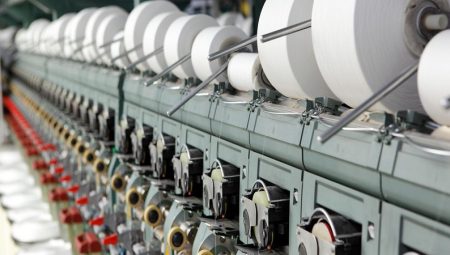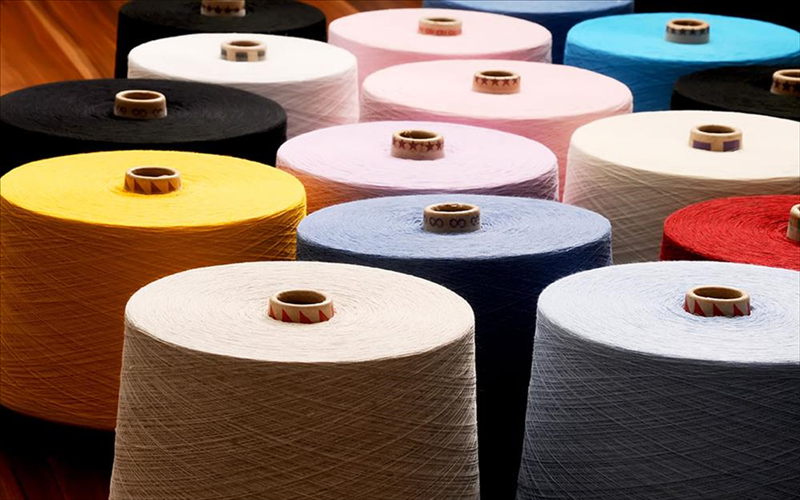WHAT IS YARN Yarn
: History, Types and Areas of Use
Yarn is a material that has been at the center of our lives since the existence of humanity. Yarns obtained by combining natural or synthetic fibers in long and thin shapes are used in a wide variety of products from textile products to surgical threads. Yarn plays a vital role in both our daily lives and in industrial applications.
History of Yarn
Yarn production began when humanity developed agricultural and weaving skills. The first yarns were usually obtained from plant fibers (e.g. cotton, linen) or animal fibers (e.g. wool, silk). Ancient civilizations used yarn for clothing, home textiles and trade. The commercial production and widespread use of yarn increased significantly with the industrial revolution.
Yarn Production Processes
Yarn production involves the preparation of raw materials, stretching, twisting and winding of fibers. Today, industrial yarn production is usually done with automatic machines. However, handmade yarn production still holds an important place, especially in traditional textile production.
Types of Yarn
Yarn types vary depending on the type of fiber used, its fineness and area of use. While cotton yarns are widely used in daily wear and home textiles, wool yarns are preferred in clothing in cold climates. Synthetic yarns are preferred in industrial applications due to their durability and special properties.
Areas of Use of Yarn
Yarn is an indispensable material for the textile industry. It is used in the production of many products such as clothing, home textiles, carpets, curtains and upholstery fabrics. There are also special areas of use such as medical surgical yarns, fishing yarns, sports equipment and technical textiles. Yarn is also considered a valuable material for arts and crafts.
Solution
Yarn has played and continues to play an important role in the technological and cultural development of humanity. With the advancement of technology, yarn production and use are constantly being improved with innovative methods. Today and in the future, the yarn industry will continue to make significant progress in terms of sustainability, efficiency and diversity.





